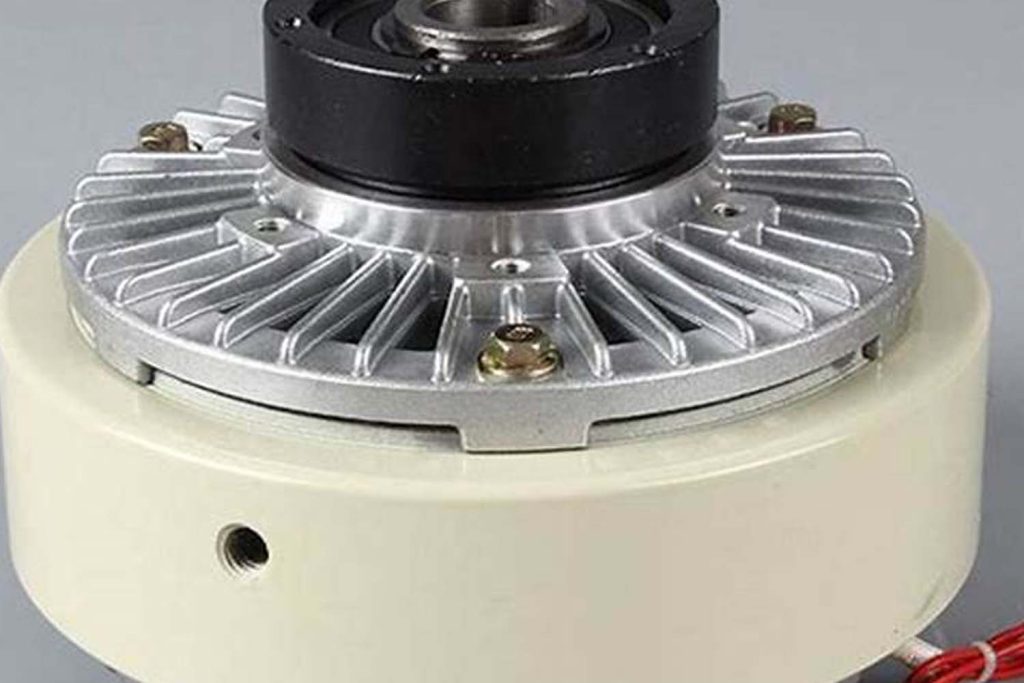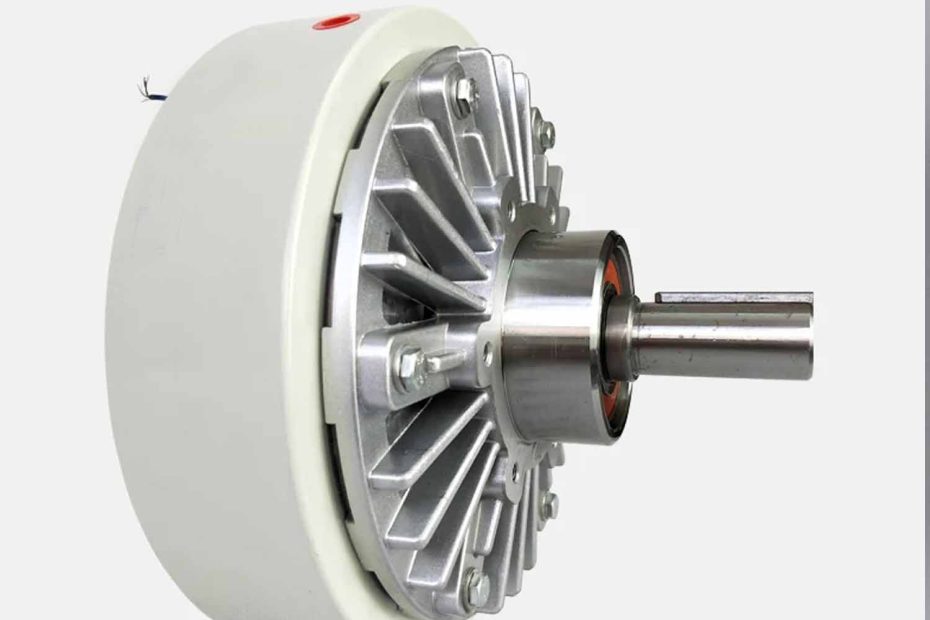In the realm of braking systems, engineers often face the critical decision of choosing between various technologies to suit specific applications. Among these options, Magnetic Particle Brakes (MPBs) and Hydraulic Brakes stand out as two prominent choices, each with its unique features and benefits. This article delves into why Magnetic Particle Brakes might be favored over hydraulic brakes in certain applications.
Magnetic Particle Brakes operate on the principle of electromagnetic force to provide controlled torque transmission. They consist of two main components: a rotor and a stator. The rotor, typically connected to the rotating shaft, contains magnetic particles suspended in a carrier fluid. The stator surrounds the rotor and generates a magnetic field when energized. By adjusting the current supplied to the stator, the braking torque can be precisely controlled, making MPBs suitable for applications requiring dynamic and variable braking.
Advantages of Magnetic Particle Brakes
- Precise Torque Control : One of the primary advantages of MPBs is their ability to offer precise torque control. Unlike hydraulic brakes, which rely on fluid pressure variations, MPBs adjust braking torque by regulating the magnetic field strength. This precision is invaluable in applications where consistent and accurate braking is essential, such as tension control systems in printing presses or web handling machinery.
- Compact and Lightweight Design : MPBs are known for their compact and lightweight design compared to hydraulic brakes. This attribute makes them particularly suitable for applications where space and weight constraints are critical factors. For instance, in robotics or aerospace applications, where every ounce and inch matter, MPBs offer a compelling solution without compromising performance.
- Maintenance-Free Operation : Unlike hydraulic brakes that require periodic fluid checks, bleeding, and seal replacements, MPBs offer maintenance-free operation. Since they don’t rely on hydraulic fluids, there’s no risk of leakage or contamination. This feature significantly reduces downtime and maintenance costs, making MPBs a cost-effective choice for long-term applications.

Comparison with Hydraulic Brakes
To better understand why MPBs might be preferred over hydraulic brakes in certain scenarios, let’s compare their key attributes in a table format:
| Attributes | Magnetic Particle Brakes | Hydraulic Brakes |
|---|---|---|
| Torque Control | Precise and adjustable | Relies on fluid pressure variations |
| Size and Weight | Compact and lightweight | Bulkier and heavier due to hydraulic fluid reservoirs |
| Maintenance | Maintenance-free | Require periodic checks and fluid replacements |
| Response Time | Rapid response | May have slower response due to fluid compression |
Top 4 Applications of Magnetic Particle Brakes
Magnetic Particle Brakes find extensive use across various industries where precise torque control and compact design are paramount. Some notable applications include:
- Printing Industry: In printing presses, MPBs are utilized for precise tension control, ensuring uniform print quality and minimizing material waste.
- Packaging Machinery: MPBs play a crucial role in controlling the speed and tension of packaging films, enhancing efficiency and product quality.
- Textile Manufacturing: In textile machinery, MPBs are employed for maintaining consistent yarn tension, resulting in high-quality fabric production.
- Automotive Testing: MPBs are used in dynamometers and chassis dynamometers for automotive testing, providing accurate load simulation and brake testing capabilities.
Conclusion
In conclusion, Magnetic Particle Brakes offer distinct advantages over hydraulic brakes in certain applications. Their precise torque control, compact design, and maintenance-free operation make them ideal for industries where reliability, efficiency, and space-saving are paramount. By understanding the strengths of Magnetic Particle Brakes and their suitability for specific applications, engineers can make informed decisions to optimize performance and enhance productivity.
